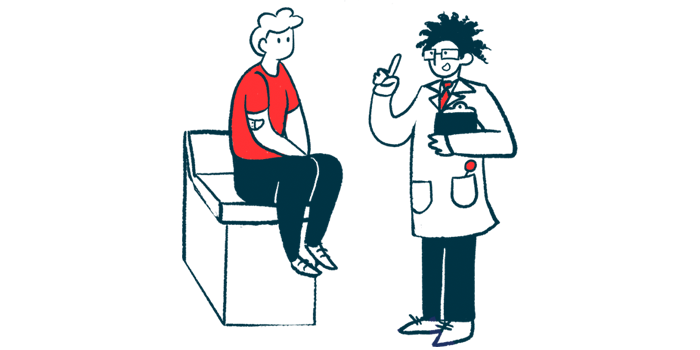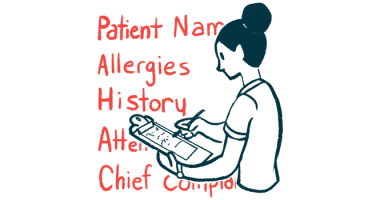Salivary Gland Ultrasound May Improve Sjögren’s Patient Stratification, Trial Design
The Newcastle Sjögren’s Stratification Tool categorized patients into four major endotypes

An ultrasound evaluation of salivary gland damage may help the stratification of primary Sjögren’s syndrome patients and aid the design of future clinical trials, according to a recent study.
The study, “Discriminative power of salivary gland ultrasound in relation to symptom-based endotypes in suspected and definite primary Sjögren’s Syndrome” was published in Seminars in Arthritis and Rheumatism.
Primary Sjögren’s syndrome (pSS) is a chronic autoimmune disorder whose hallmark symptoms include dryness of the eyes, mouth, and other body parts. Its symptoms can vary, however.
A prior study analyzed patient-reported outcomes to develop the Newcastle Sjögren’s Stratification Tool. Using this tool, patients can be categorized into four major subgroups, or endotypes, depending on their symptoms. These endotypes include low symptom burden (LSB), pain dominant with fatigue (PDF), dryness dominant with fatigue (DDF), and high symptom burden (HSB).
Salivary gland ultrasonography (SGUS) is an inexpensive and noninvasive imaging analysis tool frequently used to evaluate structural changes in the salivary glands of people with pSS. Moreover, it was previously shown to help stratify patients and work as a marker of therapy response.
Researchers at the University of Ghent, Belgium assessed whether SGUS could be used to stratify patients according to the already identified endotypes.
In total, they analyzed data collected over the course of almost three years from 290 participants of the Belgian Sjögren’s Syndrome Transition Trial (BeSSTT).
Participants were randomly assigned to two groups: the discovery and the replication groups. The discovery group included 203 patients who were either thought to have pSS (80 patients; mean age, 46 years) or had been diagnosed with the disorder (123 patients; mean age, 54 years). Most patients in this group were female (88.7%) and had dry eyes and dry mouth, collectively known as sicca symptoms (86.7%).
The replication group included 87 patients, of whom 48 had been diagnosed with pSS and 39 were suspected of having it.
Data from the discovery group showed the Newcastle Sjögren’s Stratification Tool led to the stratification of patients into the four endotypes, in both those with definite or suspected pSS.
SGUS was conducted by two radiologists and the scans were evaluated according to the Hocevar score, which ranges from zero to 48. A score of 17 or above signals a positive alteration in the ultrasound. SGUS had a “strong discriminative power for pSS classification,” particularly in the DDF endotype, analyses showed.
In patients with definite pSS, Hocevar scores were significantly higher in the DDF subgroup compared with the other subtypes (mean score of 38 vs. 18), apart from HSB.
Patients with a high positive SGUS had significantly more dryness, had a lower unstimulated salivary flow rate (USFR), and a higher ocular staining score, indicating more severe eye damage, than those with a negative SGUS score.
These patients also showed other alterations, including having a lower number of white blood cells and higher levels of rheumatoid factor and anti-SSB/La autoantibodies, self-reactive antibodies associated with Sjögren’s.
Based on these findings, researchers estimated SGUS can help diagnose pSS with a 60.2% sensitivity and 72.5% specificity. A test’s sensitivity is its ability to correctly identify those with a given disease, while its specificity refers to its ability to correctly identify those without it.
These values were even higher in the DDF subgroup, with SGUS being able to discriminate patients with 80.0% sensitivity and 81.8% specificity. Similar findings were seen in the replication group.
“These results not only support SGUS as an additional tool in pSS classification criteria, but above all in patient stratification and clinical trial development,” the researchers wrote.







